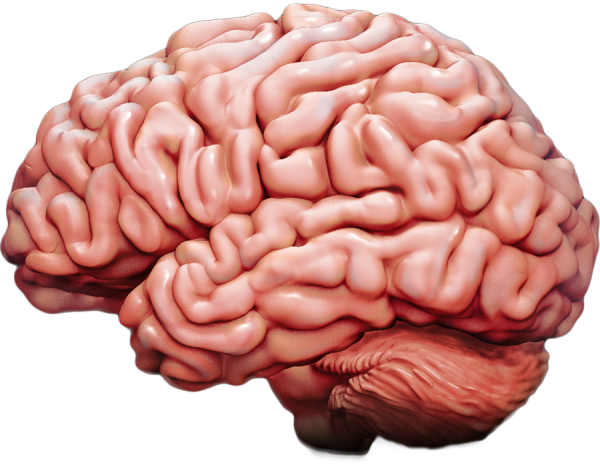
Breaking News
 Wash Post Editorial Board Turns Against Climate Agenda?!
Wash Post Editorial Board Turns Against Climate Agenda?!
 One Year Ago I Predicted and Described in Detail Huge Mars AI Plans that Elon Musk Confirmed...
One Year Ago I Predicted and Described in Detail Huge Mars AI Plans that Elon Musk Confirmed...
 British Teachers To "Spot Misogyny" In Boys And Target Them For Reeducation
British Teachers To "Spot Misogyny" In Boys And Target Them For Reeducation
 Democrats Refuse To Release Post-Mortem Of 2024 Election Loss, DNC Chair Says
Democrats Refuse To Release Post-Mortem Of 2024 Election Loss, DNC Chair Says
Top Tech News
 This tiny dev board is packed with features for ambitious makers
This tiny dev board is packed with features for ambitious makers
 Scientists Discover Gel to Regrow Tooth Enamel
Scientists Discover Gel to Regrow Tooth Enamel
 Vitamin C and Dandelion Root Killing Cancer Cells -- as Former CDC Director Calls for COVID-19...
Vitamin C and Dandelion Root Killing Cancer Cells -- as Former CDC Director Calls for COVID-19...
 Galactic Brain: US firm plans space-based data centers, power grid to challenge China
Galactic Brain: US firm plans space-based data centers, power grid to challenge China
 A microbial cleanup for glyphosate just earned a patent. Here's why that matters
A microbial cleanup for glyphosate just earned a patent. Here's why that matters
 Japan Breaks Internet Speed Record with 5 Million Times Faster Data Transfer
Japan Breaks Internet Speed Record with 5 Million Times Faster Data Transfer
 Advanced Propulsion Resources Part 1 of 2
Advanced Propulsion Resources Part 1 of 2
 PulsarFusion a forward-thinking UK aerospace company, is pushing the boundaries of space travel...
PulsarFusion a forward-thinking UK aerospace company, is pushing the boundaries of space travel...
 Dinky little laser box throws big-screen entertainment from inches away
Dinky little laser box throws big-screen entertainment from inches away
 'World's first' sodium-ion flashlight shines bright even at -40 ºF
'World's first' sodium-ion flashlight shines bright even at -40 ºF
Where does our 'brain waste' go? Scientists think they've figured it out and can use it.

Scientists are beginning to understand how the brain flushes out waste products in order to stay healthy and fend off neurological diseases.
Two teams of scientists from Washington have uncovered signs that a slow wave of electricity that pulses through the brain during sleep pushes waste products, including the protein closely associated with Alzheimer's disease, from deep in the brain to its surface.
A vein passing through the brain then acts as a pipe to carry waste products out through the barrier that separates the brain and the rest of the body. This deposits them into the bloodstream to be filtered out by the kidneys.
But if the disposal system stops working correctly, which can occur with aging, in cases of traumatic brain injury, and chronic stress, those waste products can accumulate in the brain.
It may also allow immune cells to penetrate the organ, leading to inflammation linked to degenerative brain disorders.
The study was conducted in mice, but researchers believe their findings match up with research on potential causes of Alzheimer's disease and other dementias.
In February, scientists led by Dr Jonathan Kipnis, a neurologist at Washington University in St Louis, answered the question of how the brain gets waste out through the rigid protective barrier without using the body's lymphatic system, a network that drains fluids throughout the body.
The brain is not part of that system and its waste disposal pathway is known as the glymphatic system. It clears out waste generated by energy-consuming metabolic processes - all the chemical processes continuously working in the body to ensure it functions correctly - such as carbon dioxide, damaged proteins and dead cells.
Scientists uncovered exit points around the brain from which cerebrospinal fluid, which carries waste, flowed out to the thick membrane surrounding the brain and spinal cord and into the bloodstream, where the body's lymphatic vessels took over to clear it out.



